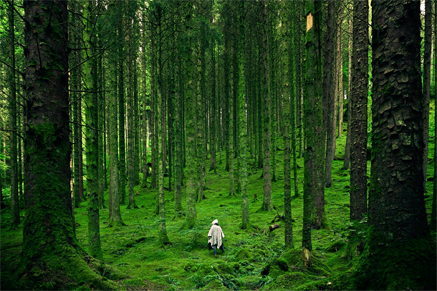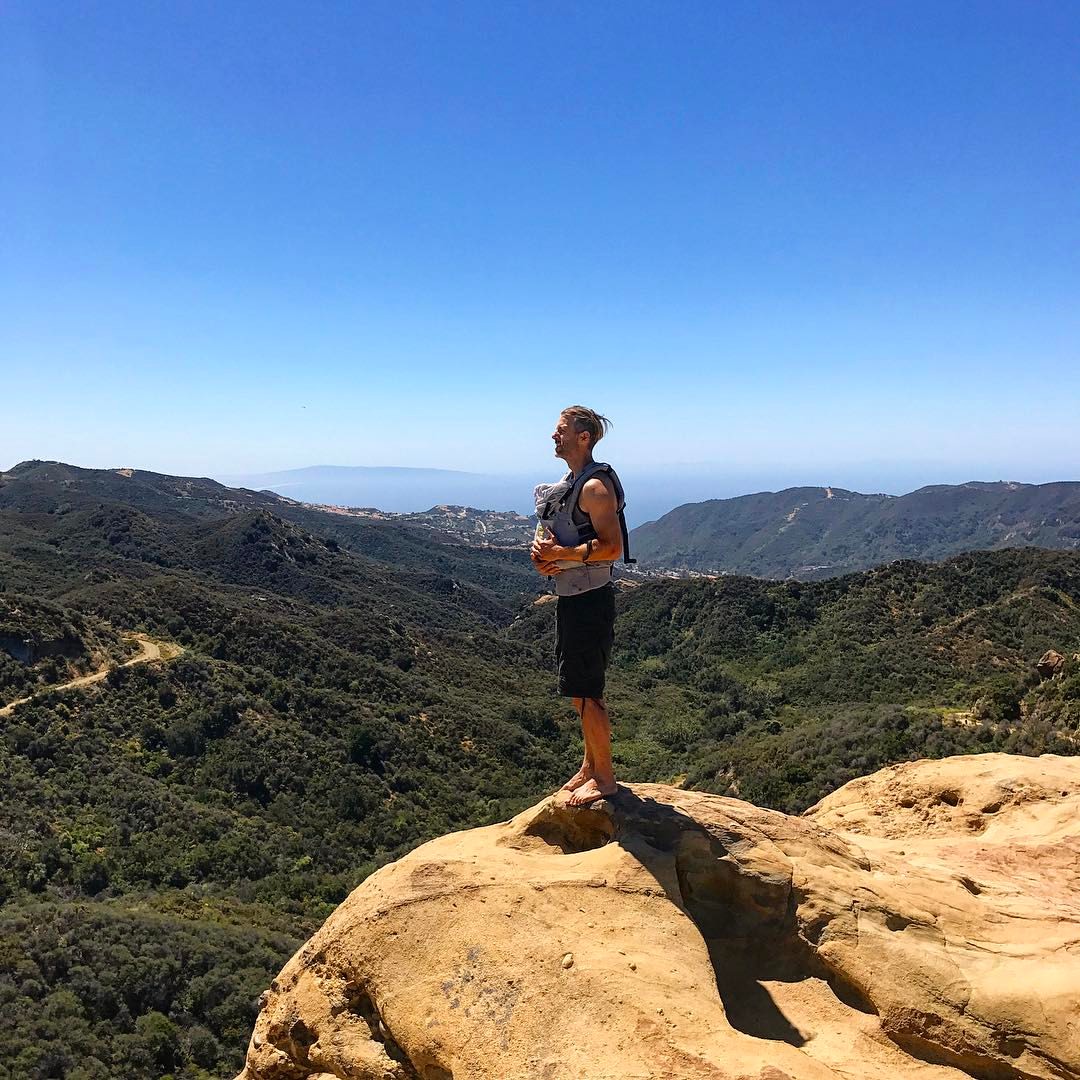The soles of your feet are covered with a very special type of skin. This miraculous skin is highly pressure sensitive, even when it is callused up. According to related research, there is no difference in the foots’ sole skin sensitivity, whether people’s feet are thick with callus’s, or if the pedicurist keeps them smooth and soft.
Nature’s shoes – the highly pressure sensitive skin on your foot- have high amount of proprioceptors, which send information to your brain about the surface with which your feet are connecting. The proprioceptors of your feet are meant to be your eyes on the ground.
The brain is a key player in most things we do, and operating our body while running barefoot is no different. Every part of the brain works under the motto ‘use it or lose it’. When your brain does not receive sufficient information from your feet about the grounds surface, your brain slowly shuts down on this function, as there is no need for it to be alert. When not in use, the part of the brain that has evolved to translate the large variety of surfaces our bodies might operate upon, goes into hibernation. This process is similar to the synaptic pruning your brain experiences when using a GPS instead of a more traditional map – leading to an overall decreased spatial cognitive capability. The part of the brain that is in ‘hibernation’ will affect many related functions. In terms of the feet constantly being enclosed in shoes, the related functions are the movement of the entire body.
Luckily, the brain has neuroplasticity, which is the ability of neural networks in the brain to change through growth and reorganization at any age.
In our practical experience the more barefoot movement is used the more versatile messages the proprioceptors are sending to the brain, resulting in elevated sensory communication and use of the brain. The “barefoot” brain is forced to stay awake and send ever changing instructions to the body in regards to gate length (length of step), type of foot landing, arm and shoulder movement, and even spinal curvature and rotation, with many more overwhelming combinations of ways the body can move.
Running on a trail with sharp pebbles requires a drastically different style of running than running on grass, or running on sand, rocks, or asphalt. Not only is it the geographical surface that affects the way the body moves, but every individual step is different without shoes on a natural surface – the body’s weight distribution changes according to what is below the foot – one, or five, or ten pebbles.
When you step on a rock your brain ‘knows’ about the rock because the proprioceptors sense that particular rock. The instructions the brain sends to the body causes you to shift your weight away from your normal center of gravity, while still keeping stability. This reaction, for instance, helps you to avoid twisted ankles (which can be very common in thick soled shoes for trail running). This is the reason you will hardly, if ever, twist your ankle while being barefoot.
Take your shoes off more often, move your body the way it was designed to move. The results you will notice will be plenty, including stronger soles and ankles and maybe even a sharper brain.




